Ascendancy in Bollywood Music
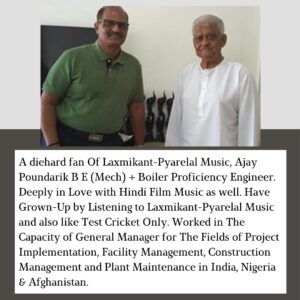 The year was 1963, I was an 8-year-old studying in the Indian heartland of Gwalior, growing up in a family that did not allow viewing movies except for the mythological ones; the same time period when ‘Harischandra Taramati’ and ‘Sant Gyaneshwar’ were running houseful every day and every show. On the other end, Radio Ceylon, All India Radio, and Vividh Bharati were playing ‘Main Nanha sa Chhota Sa Bachha Houn ‘Harischandra Taramati’, ‘Jyot Se Jyot Jagaate Chalo’, and ‘Ek Do Teen Chaar’ ‘Sant Gyaneshwar’, after the musical hits of ‘Parasmani’, at-least 10-to-12 times a day, which were sung by child artist in Lata Mangeshkar’s voice.
The year was 1963, I was an 8-year-old studying in the Indian heartland of Gwalior, growing up in a family that did not allow viewing movies except for the mythological ones; the same time period when ‘Harischandra Taramati’ and ‘Sant Gyaneshwar’ were running houseful every day and every show. On the other end, Radio Ceylon, All India Radio, and Vividh Bharati were playing ‘Main Nanha sa Chhota Sa Bachha Houn ‘Harischandra Taramati’, ‘Jyot Se Jyot Jagaate Chalo’, and ‘Ek Do Teen Chaar’ ‘Sant Gyaneshwar’, after the musical hits of ‘Parasmani’, at-least 10-to-12 times a day, which were sung by child artist in Lata Mangeshkar’s voice.
Actually, I got the interest in Hindi film music because of my mother who is not only the singer but also a fan of Lata Mangeshkar / Talat Mehmood and music director Anil Biswas. She used to play radio all the day and listen to the songs.
Growing up in the same era as that of child artists from these films, the songs, listed above, made a huge impact on my musical ears and made me more keen to watch them, and I finally did, despite the full shows. I distinctly remember one thing, a downpour of coins on the screen for ’Jyot Se Jyot Jagaate Chalo’, which went on to become my very first all-time favorite without having an idea that it was Laxmikant-Pyarelal’s music. Lata Mangeshkar’s voice that mesmerized me. Songs of these films became immensely popular and that is how I came to know the famous name, in Hindi film music “Laxmikant-Pyarelal” became the talk of the nation. I used to listen to Binaca Geetmala every Wednesday, record it in my notebook, and kept a close eye on LP’s songs.
1967 and beyond…
I was completely hypnotized in the year 1967 the very best year for the Number One music director Laxmikant-Pyarelal (until now I was under the impression that L-P is one person and not a duo). Many musical hit films like, ‘Milan, ‘Night in London, ‘Patthar Ke Sanam’ ‘Jaal’, ‘Anita’ and its songs storm the nation, released in 1967, and I became a die-hard fan. In the same year, we saw ‘Shagird’ (my parents allowed me to watch it), and the duo’s first big hit movie ‘Farz’ 1967. Till this date, I have been an LP fan. Laxmikant-Pyarelal music is working like a tonic and has kept me physically and mentally healthy.

Biggest Surprise!!
In 1990, I along with my family left India on a work assignment, and missed witnessing the magic of Laxmikant-Pyarelal’s many hits. Unlike today it was a period when the media and technology outreach was limited. After returning India in 1993, on a vacation, I was stunned and surprised to note that the duo of Laxmikant-Pyarelal was still at pinnacle with “Khalnayak” song ‘choli ke pichhe kya hai’.
What is special in Laxmikant-Pyarelal Music
L-P’s Most of the tunes are Indian, folkish but are decorated mellifluously with the mind-blowing orchestra arrangements. Most of the ‘interludes’ (musical glimpses between ‘mukhada’ and ‘antara”) are blended with a different rhythm than that of the ‘mukhada’ of the song. The ‘Preludes’ (musical glimpses before the start of the songs), ‘Interludes’ and ‘Postludes’ have symphony style, western orchestra arrangements and more interestingly there is no repetition.
It was my utmost desire to meet them my childhood. 25th May, 1998 when I landed in India from Nigeria, I got the news of the death of Laxmikantji and I was shocked. I will always be regretting not meeting Laxmikant. However, I do meet Pyarelalji couple of times and is in touch with him on the telephone, even if I am not in India.
Let the glory of Laxmikant-Pyarelal be back….
It has been always my honest efforts to know more about L-P, without degrading other contemporary music directors, to the younger generations through social media. Even I am sending the desired information on Laxmikant-Pyarelal to many of the TV channels, FM Radio, which has become my regular and routine work. My only aim is to bring back the glory of Laxmikant-Pyarelal and I will continue my efforts till the end. Long Live Laxmikant-Pyarelal music.

Use of Grand Piano with Symphonious & Enrich Orchestra by L-P
There were limited Pianists in the early fifties. Till 1978, Pianist Mike Machado was very active and mainly have played for C. Ramchandra, Laxmikant-Pyarelal, R D Burman and Kalyanji-Anandji etc.
Pianist Leno Rivera and Robert Correa has mostly worked with Shankar-Jaikishan. Other Pianists who have contributed for Bollywood are Robert Levin, a lady Pianist and the Jazz Pioneer Mrs. Lucila Pacheco. From 1978 onwards Indian Jazz Icon and a Pianist Tony Pinto have played for great Bollywood gems. Here are some of Bollywood gems, Grand Piano is orchestrated with orchestration.
- Bholi Surat Dil Ke Khote – C. Ramchandra – Albela’ 1951
- Jhoom Jhoom Ke Naacho Aaj – Naushad – Andaz’ 1949
- Tu Kahe Agar – Naushad – Andaz’ 1949
- Milte Hi Aankhen – Naushad – Babul’ 1959
- Dost Dost Na Raha – Shankar-Jaikishan – Sangam’ 1964
- Dil Ke Jharoke Main – Shankar-Jaikishan – Bramhachari’ 1968
- Geet Gata Hoon Mein – Shankar-Jaikishan – Lal Patthar’ 1972
- Main Dil Hoon Ek Armaan Bhara – Roshan – Anhonee’ 1952
- Hum Aap Ki Aankhon Mein – S D Burman – Pyasa’ 1957
- Khwab Ho Tum Ya – S D Burman – Teen Deviyan’ 1965
- Dheere Dheere Machal – Hemant Kumar – Anupama’ 1966
- Aap Ke Haseen Rukh – O P Nayyar – ‘Bahaaren Phir Bhi Aayegi
- Dil Ko Lakh Sambhala – Chitragupt – Guest House’ 1958
- Jeet Hi Lenge Baazi – Khaiyyam – Shola Aur Shabnam’ 1960
- Tum Apna Ranjo Gham – Khaiyyam – Shagoon’ 1964
- Koi Sone Ke Dilwala – Salil Chaudhari – Maya’ 1961
- Chalo Ek Baar Phir Se – Ravi – Gumrah’ 1963
- Kaun Aaya Ke Nigahon – Ravi – Waqt’ 1965
- Kisi Patthar Ki Murat Se – Ravi – Humraz’ 1967
- Waqt Karata Jo Wafa – Kalyanji-Anandji – Dil Ne Pukara’1967
- Chale The Saath Milkar – Kalyanji-Anandji – Haseena Maan Jayegi’ 1968
- Pyar Deewana Hota Hai – R D Burman – Kati Patang” 1971
Laxmikant-Pyarelal have used Piano in many of their compositions, sometimes restricted to 3 to 4 seconds. Below are some of my personal favorite Piano Songs from my LP collection It is not possible to list out all the songs with Piano.
Bar Bar Din Aaye – Farz’ 1967
Universally hit as Birthday song. Use of Piano at its best ‘Prelude’ of 54 seconds set up the mood for this beautiful song. Wonderfully orchestrated with Violins, Acoustic Guitar and Bongo Drums in rhythm. Certainly, orchestra arrangements have symphony touch. Lyrics overflowing with Love and overall a timeless masterpiece.
Patthar Ke Sanam Tujhe humne – Patthar Ke Sanam’ 1967
35 seconds of ‘Prelude’ starts with Piano, followed by Violins. Interludes are decorated with the sound of Piano overlapped by symphony style Violins. In every ‘antra’ Piano is awesomely used as a filler.
Hui Sham Unka Khayal Aa Gaya – Mere Hamdam Mere Dost’ 1968
Laxmikant-Pyarelal at their melodious best, with Majrooh Sultanpuri & Mohammad Rafi. ‘Prelude’ is full of Saxophone and Piano with other western instruments, sets the mood of the song. A mesmerizing composition and mellifluous orchestra arrangements. Entire song is woven around the glimpses of Saxophone, Acoustic Guitar & Clarinet. In all the ‘Interludes’. Overlapping sound effect of Saxophone / Clarinet with Piano is just brilliant. Another beauty of the song is its ‘rhythm’ Dholak / Tabla are used only in ‘antara’ all the ‘interludes’ are composed in western style, without any rhythm but ear-pleasing. An addict song for me. One of the finest compositions from L-P and Mohd Rafi is simply outstanding.
Tere Ishq Ka Mujh pe – Nagin’ 1976.
15 seconds of ‘prelude’ starts with ‘intoxicated’ Aalap and Humming by Ashaji > ‘pause’ of 5 seconds > highlighting the sterling Dholak rhythm and finally ‘stroke’ of Irani Santoor. Brilliant take off by Rafi Saab ‘Tere Ishq Ka Mujh Pe’. First ‘interlude’ with change of ‘rhythm’ pattern, orchestrated with Piano intermixed with Ghunghroo, Bell followed by Violins and again Irani Santoor.
Second ‘interlude’ is awesomely instrumented with excellent, long extended time for solo Guitar and finally, Irani Santoor. At the end of each ‘antara’, Irani Santoor synchronized with Guitar, is wonderfully used as a ‘filler’.
Jo Unki Tamanna – Intequam’ 1969
Just close your eyes and feel the fragrance & elegance of the eternal voice of Rafi Saab. Beautifully orchestrated on Piano with mesmerizing Dholak rhythm. The “interludes” have been designed by instrumenting Violins and Piano.
Diye Jalaye Pyar Ke – Dharti Kahe Pukar Ke’ 1969
Diwali Special from Laxmikant-Pyarelal. This awesome ‘Waltz’ rhythm with a melodious tune. The song is beautifully decorated with use of Piano. Lata Mangeshkar is simply outstanding, giving justification for this gem of composition.
Aap Ke Anurodh Pe – Anurodh’ 1977
Hypnotizing orchestra from Laxmikant-Pyarelal and stupefying rendering by Kishore Kumar. This mellifluous song is composed on Raag “Yaman Kalyan”. 13 seconds of ‘prelude’ enthralls with the sounds of Veena and Piano. Cool and calm rendering by Kishore Kumar with fascinate Tabla / Konga Drum ‘rhythm’. First ‘interlude’ orchestrated with Veena and Santoor. Second ‘interlude’ is decorated with Piano and Veena and also used as a ‘filler’ in the second ‘antara’. Third ‘interlude’ is executed with Sitar and Sarod supported with soft surround Violins.
Zindagi Har Kadam Ek Nayee Jung hai – Meri Jung’ 1985
The song has two versions. Both the versions are woven around the glimpses of Piano tune throughout the songs. This Piano tune is a signature tune for the film. The first version is considered for the review. “Prelude” of 56 seconds, beautifully crafted ‘tune’ on Piano, Lataji’s Aalap, Humming and Humming from Nitin Mukesh. The ‘beauty’ of the first interlude is Piano sound synchronized with the natural sound of Parrot.
– Ajay Poundarik


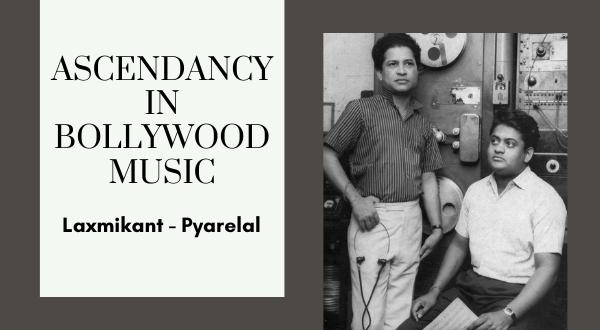
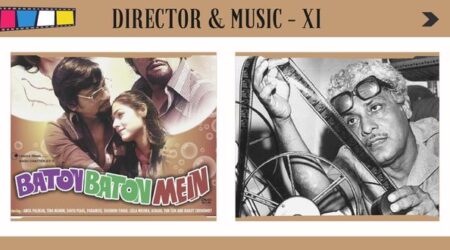
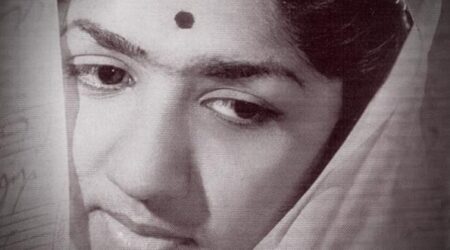
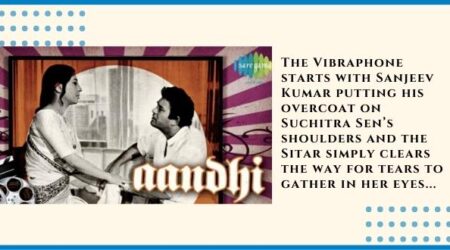
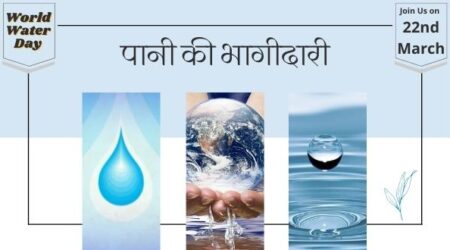
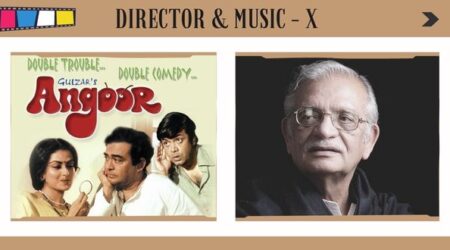
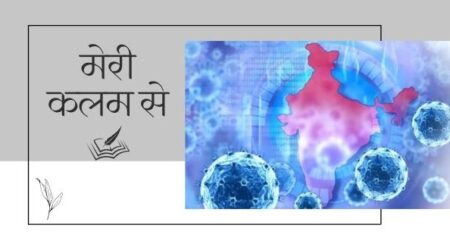
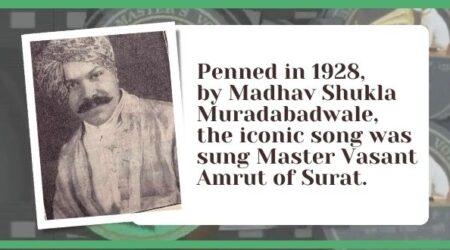
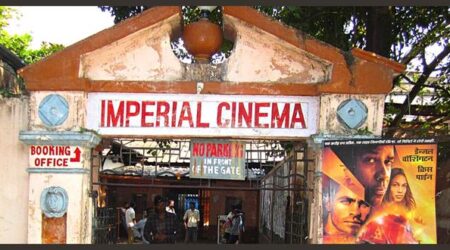
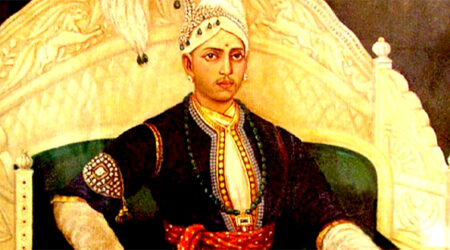
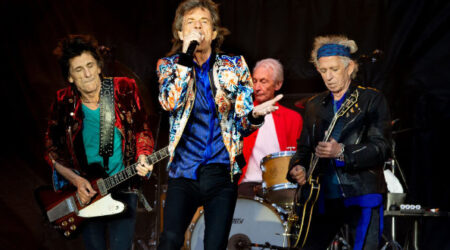

Leave a Reply